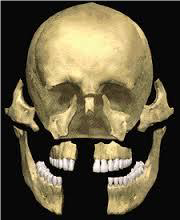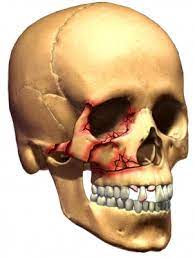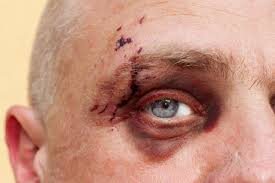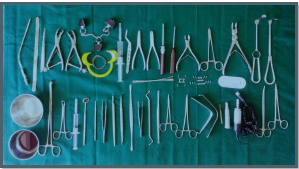Facial fractures require immediate attention. Firstly, thorough assessment is required to see type of fracture and rule out life threatening complications. Then, initial soft tissue injury are managed with ATLS guidelines. Following this, surgical management for fracture is done which will involve reduction (resetting the bone back in original place) and fixation (that keeps the bone stable in that place).
There is a vastly experienced team of Surgeons, anaesthesiologists, other dental faculties at SSCDS Dental Clinics to manage traumatic injuries and we provide these services at affordable costs.




